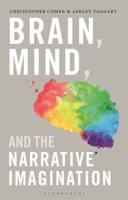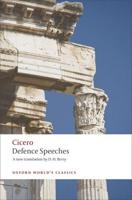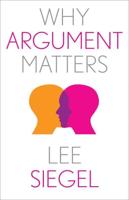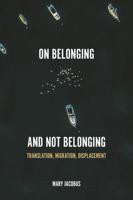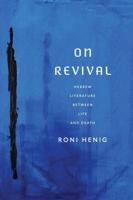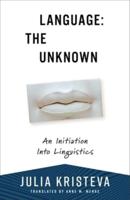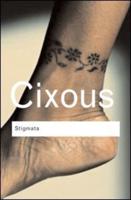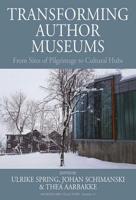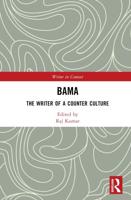Publisher's Synopsis
From 1650 to 1800 in England, notions about marriage underwent significant change. The new model that arose - the companionate ideal - emphasised a couple's compatibility in age, temperament and background and celebrated the husband and wife as affectionate friends, lovers and parents. The companionate ideal became a central feature in what some historians see as the emergence of the nuclear family and the rise of domesticity.;In "Making a Heaven of Hell", William C. Horne shows how the evolution of poetic discourse during this period reinforces the companionate myth. His methodology supports such historians as Lawrence Stone and Edward Shorter in viewing the companionate myth as progressive. At the same time, Horne engages the feminist critiques of Mary Poovey, Ellen Pollack, and others who argue that companionate ideology is not a liberalising influence but has a patriarchal bias. Horne contends that such arguments may have a basis in the protofeminist writings of the period, suggesting it is no coincidence that this era witnessed the emergence of the first women professional poets. Although revisionist feminist critics tend to see 18th century women poets as critical of companionate ideas such as dominion in marriage, Horne shows that most women poets, especially in the late 18th century, are as pro-companionate and pro-domesticity as the male poets.;Horne's study not only includes poems by such familiar figures as Dryden, Pope and Swift, but also recovers a large number of little-known poems, many of them by women. The book thus has implications for the reconsideration of the literary canon. Horne argues that attention to the ways in which canonical and non-canonical poets use - or fail to use - modes, formats, conventions and myths can best help readers understand the shifting and problematic ideologies of companionship and domesticity.;Enhancing the book's value to scholars is an appended checklist of marriage poems that identifies each poem by author and initial date of publication. Where pertinent and available, Horne has also included the poem's date of composition, the collection in which it originally appears, and the modern collection or microfilm series in which it can be found.

